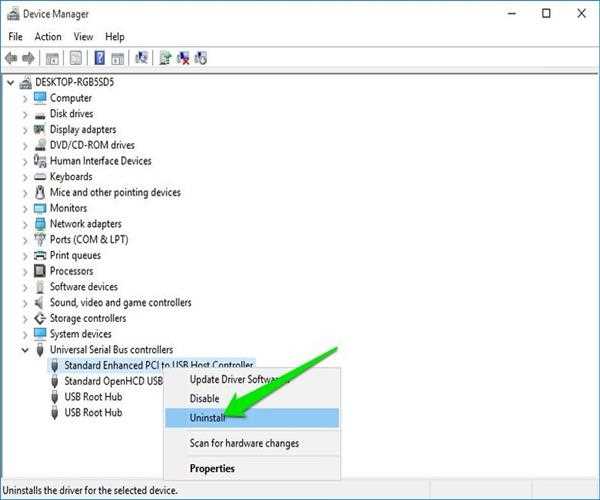Identify the problem. The first step is to identify the problem. This means figuring out what is wrong with the PC's hardware. There are a number of possible problems, including:
- A faulty memory module.
- A hard drive failure.
- A problem with the power supply.
- A problem with the motherboard.
- A problem with the CPU.
Gather information. Once you have identified the problem, you need to gather information about it. This information can help you to troubleshoot the problem and find a solution. Some of the information you may need to gather includes:
- The error message that appears when the problem occurs.

- The date and time the problem started.
- The programs that were running when the problem occurred.
- Any changes that were made to the PC before the problem started.
Troubleshoot the problem. Once you have gathered information about the problem, you can start troubleshooting it. There are a number of different troubleshooting techniques that you can use, depending on the cause of the problem. Some of the troubleshooting techniques you may use include:
- Running a diagnostic test on the PC.
- Removing and reinserting the memory modules.
- Swapping out the hard drive.
- Testing the power supply.
- Reseating the CPU.
Resolve the problem. Once you have identified the cause of the problem, you can resolve it. This may involve repairing or replacing a hardware component, updating a driver, or changing a system setting.
Prevent the problem from recurring. Once you have resolved the problem, you need to take steps to prevent it from recurring. This may involve updating your software, making sure that your PC is well-ventilated, or avoiding overclocking your PC.
Here are some additional tips for troubleshooting the hardware problem of a PC:
- Back up your data. Before you start troubleshooting, make sure to back up your data. This will help you to protect your data in case something goes wrong.
- Use a certified technician. If you are not comfortable troubleshooting the problem yourself, you can take your PC to a certified technician for help.